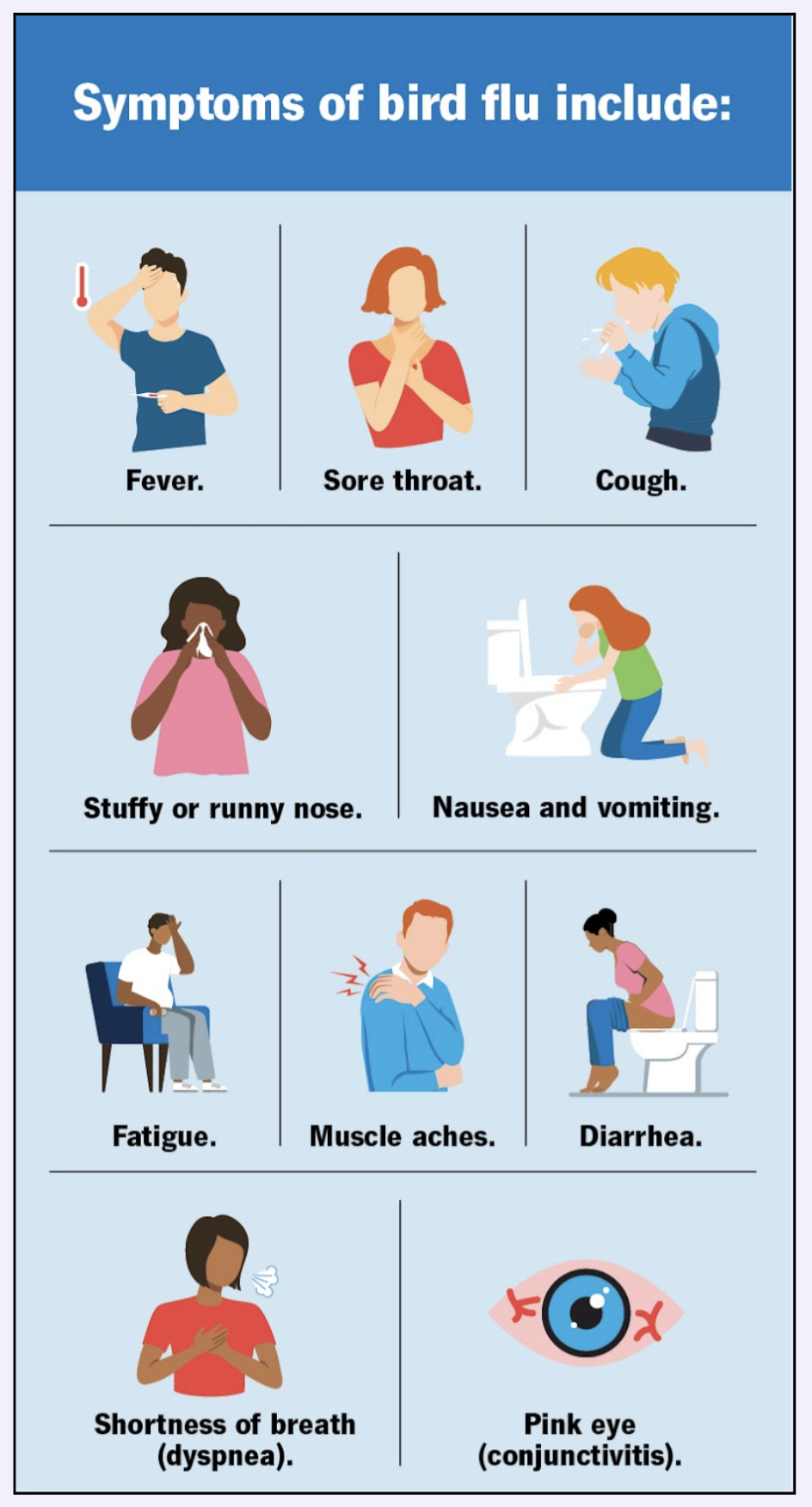News Excerpt:
Australia has announced the confirmed case of bird flu in a human, in a child who is believed to have acquired it while in India some weeks ago.
More about the news:
- A human case of avian influenza A(H5N1) infection, also known as “bird flu”, has been reported in Victoria, Australia.
- There is no evidence of local transmission in Victoria and the chance of additional human cases is very low as avian influenza does not easily spread between people.
- The child experienced a severe infection but is no longer unwell and has made a full recovery.
Avian Influenza in Australia:
- The child was the first case of highly pathogenic avian influenza in Australia, and the first detected case of the H5N1 strain in the country.
- A different strain of bird flu was detected on the Victorian egg farm after several poultry deaths.
- While the human case detected recently is the H5N1 strain, the strain on the farm was found to be a different H7N7 variety.
|
Bird Flu (Avian Influenza):
Types of bird flu:
How common is bird flu in humans?
Transmission of bird flu:
|



